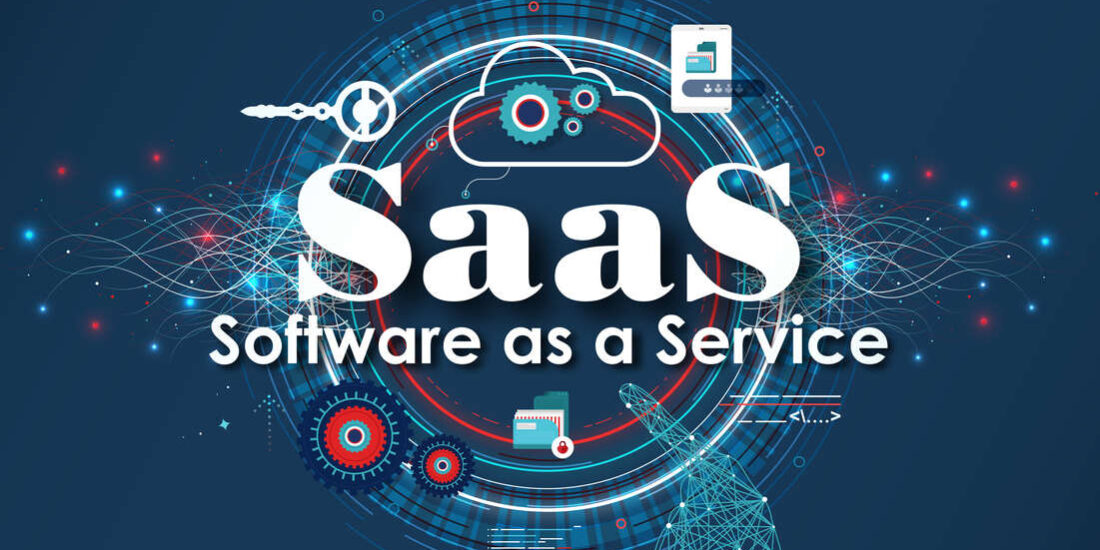Two of the basic tools that are taught in business schools are to perform overall analysis on a company. The analysis’ that are most popular are the SWOT (or, TOWS) and the PEST (often with LoNG). The former is analyzing the more local issues of the individual firm in a micro sense, while the latter analysis larger issues in a macro sense. These tools were first thought up and introduced in the 1950’s by Albert Humphries in the 1950’s while at Stanford University (though some of the original authors are not particularly clear).
Very useful tools to be sure, but before working on them, it is important to brainstorm the stakeholders in the organization that is being analyzed. By looking at the stakeholders, it helps clarify the situation and who might be affected by the various factors, both extraneous and internal in nature. The brainstorming techniques are a good way to achieve the understanding to go ahead with the analysis. In addition keep in mind the raison d’être of a company, or organization.
The PEST analysis is a look at the larger, macro, picture of what affects the environment of the firm or organization. This is often combined with the LoNG to create the LoNG-PEST analysis. It is an acronym that stands for Local, National and Global (the LoNG) and the Political, Economic, and Technological impacts. So, with that in mind, there are a total of 12 items that need to be considered and thought out the analysis, keeping in mind the macro implications to the firm, its stakeholders, the environment (from the very local to the international). Note that the LoNG-PEST analysis done with the firm in mind, sticking with the industry or business that it is operating in, but incorporating information and trends from various other industries.
P E S T
Lo
N
G
The SWOT analysis is also referred to as the TOWS and it is another acronym that is used on the mico scale of the individual firm and organization. The SWOT means, Strengths, Weaknesses, Opportunities and Threats. In this analyze how the firm might be affected by each. Utilize the earlier information that was brainstormed in the LoNG-PEST to help identify the factors affecting the firm. This time it is on a very micro level that the analysis is taking place with individual factors either presently affecting the firm or issues that have a high likely hood of affecting the firm in the near future. The strengths of the organization should look towards where the obvious strengths are including the competitive advantage that it holds. The opportunities are both the internal and the external chances to improve the strengths create new strengths and improve the organization raison d’être. The weaknesses are those that take away from the strengths, hinder opportunities and generally hurt overall performance. The threats are those that threaten the organization, both internally and externally (a review of the LoNGPEST is often helpful in recognizing threats).
Remember, these analyses are to help you look at your organization and have the ability to see trends and when they might fit into the organizational structures. The issues that you need to address are often ones that may or may not come immediately to mind. But, with the help of doing analysis it is often brought into perspicuity when they are used. While avoiding analysis paralysis, use these simple tools to help you understand and better prepare your organization for the future.























